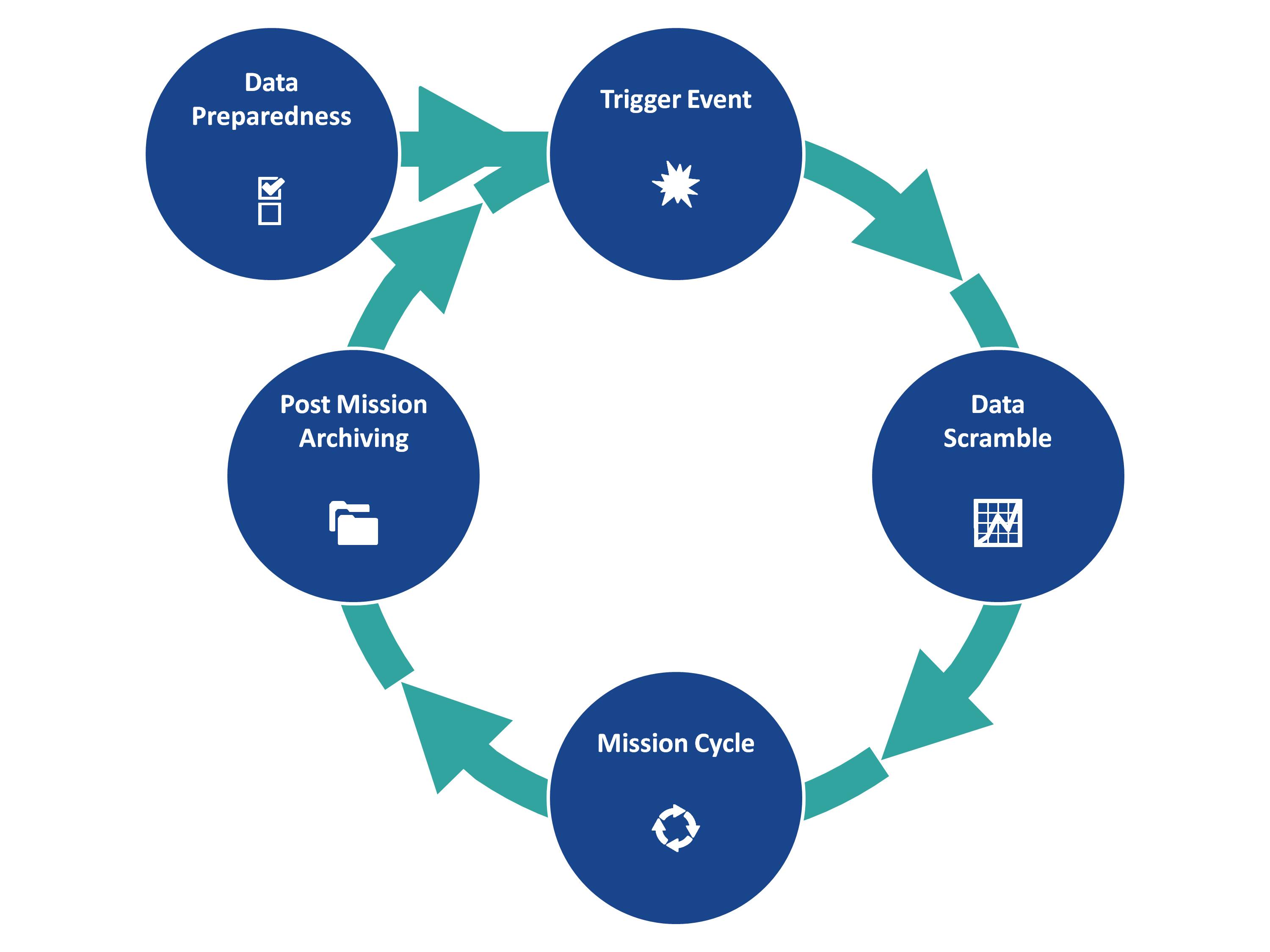 A key part of good coordination is good data and information management. If this is done well, a clear picture of what can often be a confusing situation can be given to responders and decision-makers, who in turn can make the appropriate response in a quick and timely fashion for those who need it most. Done badly, it can lead to the wrong decisions being made, or add to the confusion by duplicating data or misinformation.
A key part of good coordination is good data and information management. If this is done well, a clear picture of what can often be a confusing situation can be given to responders and decision-makers, who in turn can make the appropriate response in a quick and timely fashion for those who need it most. Done badly, it can lead to the wrong decisions being made, or add to the confusion by duplicating data or misinformation.
Having organised and well structured data can help in good coordination. Many organisations have their own processes and workflows, which are important for them to work efficiently. They are also important any time there is a handover or rotation of personnel. A verbal handover may not always be possible, but if those involved are familiar with data naming conventions and folder structures then the handover process is far easier. Having a well-organised system also allows teams to work at a quick pace, as it should be easier to find data or identify any gaps
The data cycle describes the various stages that data is created, used, updated and stored. This data cycle can be divided into five sections, which occur before, during and after the trigger event. Each individual part of the cycle may include its own internal processes, and these are highlighted in the following page.
Data preparedness
This is done prior to any response. Preparedness activities may include looking for data (spatial or non-spatial), contacts (organisations and individuals), or country or organisational workflows about the area of interest. Data should be processed so that it is clean and complies with data naming conventions, and stored in a structured way based on organisational processes.
Data scramble
This is the process by which data and information is gathered whilst an individual or organisation is mobilising after the trigger event – sometimes called the crash move phase. The purpose of the scramble is to obtain data and information that may be needed during the initial phase of a response. As internet connections can often be poor or non-existent early on, deploying with some data to begin with is vital. Data scrambles should be intelligence led; aiming to anticipate what might be needed in the future and not just for the initial mapping.
Mission
The mission cycle is similar to that of the data scramble, but occurs once situational data becomes more readily available. As new data is created or discovered, it may be important to share it on relevant platforms, including the Humanitarian Data Exchange, in-country GIS and information management working groups. Throughout the duration of a response, efforts should be made to work with partners that data and products can be handed over to, in order to establish long-term continuity. Training of partner organisations may be required.
Archive
At the end of a response all data should be archived so that if there is another response or follow-up work, the data is readily available. It is important to try and clean and document the data as much as possible.